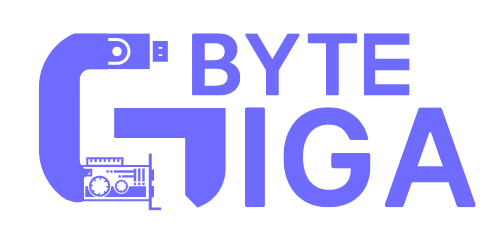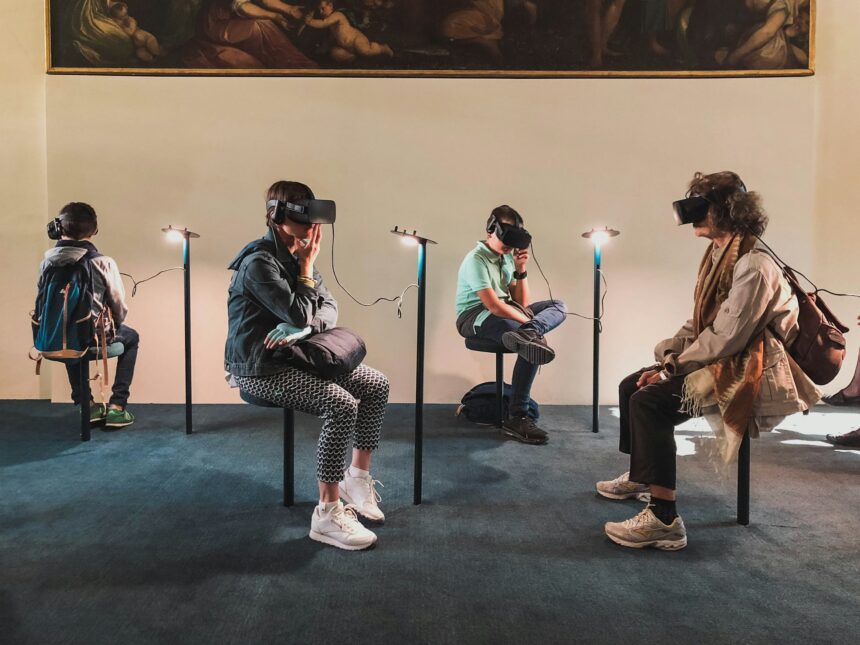Imagine a classroom where students can explore the pyramids of Giza, dissect a frog, or walk through a human heart, all without leaving their desks. This is the promise of virtual reality (VR) in education, a technology that is transforming the way we learn and teach.
Introduction to Virtual Reality in Education
Virtual reality, or VR, is an immersive technology that allows users to experience and interact with a three-dimensional environment. In the context of education, VR offers a unique opportunity to enhance learning by making it more engaging and interactive. For students aged 16-40, who are often digital natives, VR can make learning more relatable and exciting.
The Benefits of VR in Education
Immersive Learning Experiences
One of the most significant advantages of VR in education is its ability to create immersive learning experiences. Traditional teaching methods often rely on textbooks and lectures, which can be passive and less engaging. VR, on the other hand, allows students to actively participate in their learning. For example, students can take virtual field trips to historical sites, explore the inner workings of the human body, or simulate complex scientific experiments.
Enhanced Engagement and Retention
Studies have shown that immersive learning experiences can significantly enhance student engagement and retention. When students are actively involved in their learning, they are more likely to retain information and develop a deeper understanding of the subject matter. VR can make abstract concepts more tangible and easier to grasp, which is particularly beneficial for subjects like science and history.
Accessibility and Inclusivity
VR can also make education more accessible and inclusive. For students with disabilities or those who are unable to participate in traditional classroom activities, VR offers an alternative way to engage with the curriculum. For example, students with mobility issues can explore virtual environments without physical limitations, and those with learning disabilities can benefit from customized VR experiences that cater to their specific needs.
Challenges and Considerations
Cost and Accessibility
Despite its many benefits, the adoption of VR in education is not without challenges. One of the primary barriers is the cost of VR equipment. High-quality VR headsets and software can be expensive, making it difficult for some schools and students to afford. However, as technology advances and becomes more affordable, it is likely that VR will become more accessible to a broader audience.
Technical Issues and Training
Another challenge is the technical expertise required to implement and maintain VR systems. Teachers and administrators need to be trained on how to use VR technology effectively, and schools need to have the necessary infrastructure to support it. Additionally, there can be technical issues such as software glitches or hardware malfunctions that can disrupt the learning experience.
Health and Safety Concerns
There are also health and safety concerns associated with the use of VR in education. Prolonged use of VR headsets can cause eye strain, headaches, and motion sickness in some users. It is important for educators to be aware of these potential issues and to implement guidelines for safe and responsible use of VR technology.
The Future of VR in Education
Innovative Applications
The future of VR in education looks promising, with many innovative applications on the horizon. For example, VR can be used to create virtual laboratories where students can conduct experiments without the risk of accidents. It can also be used to simulate real-world scenarios, such as emergency response training or medical procedures, providing students with hands-on experience in a safe and controlled environment.
Integration with Other Technologies
VR is also likely to be integrated with other emerging technologies, such as artificial intelligence (AI) and augmented reality (AR), to create even more immersive and interactive learning experiences. For example, AI can be used to personalize VR experiences based on individual learning styles and preferences, while AR can overlay digital information onto the real world, enhancing the learning experience.
Policy and Investment
To fully realize the potential of VR in education, there needs to be investment in research and development, as well as supportive policies from educational institutions and governments. Policymakers can play a crucial role in accelerating the adoption of VR by providing funding for schools, developing guidelines for safe and effective use, and promoting collaboration between educators, technology developers, and researchers.
“The future belongs to those who believe in the beauty of their dreams.”
Eleanor Roosevelt
Conclusion
Virtual reality has the potential to revolutionize education by making learning more immersive, engaging, and accessible. While there are challenges to overcome, the benefits of VR in education are undeniable. As technology continues to advance and become more affordable, it is likely that VR will play an increasingly important role in the classrooms of the future. For students aged 16-40, VR offers a unique opportunity to experience learning in a whole new way, preparing them for the challenges and opportunities of the 21st century.








